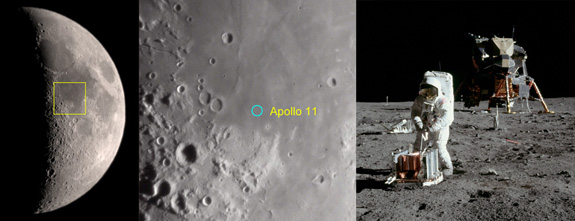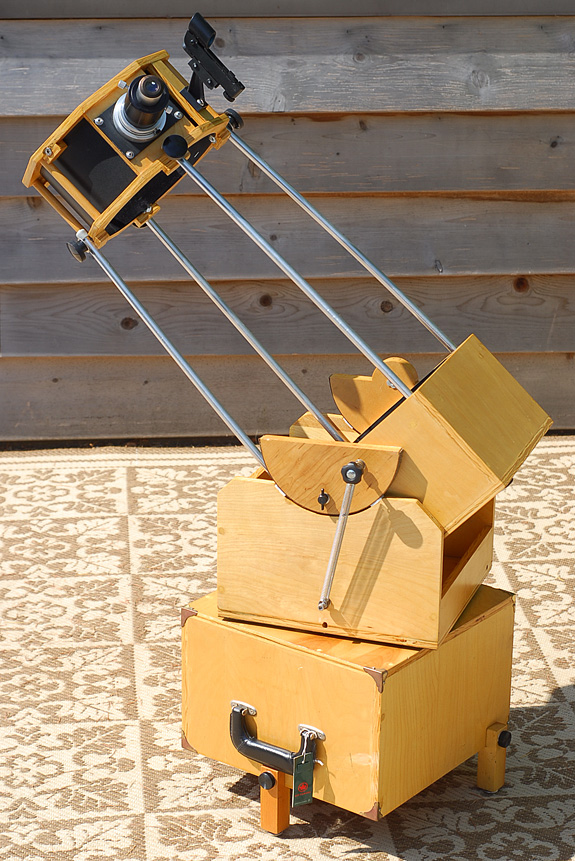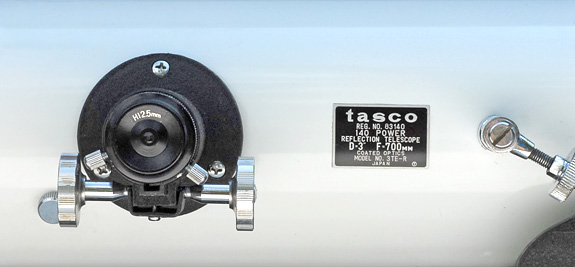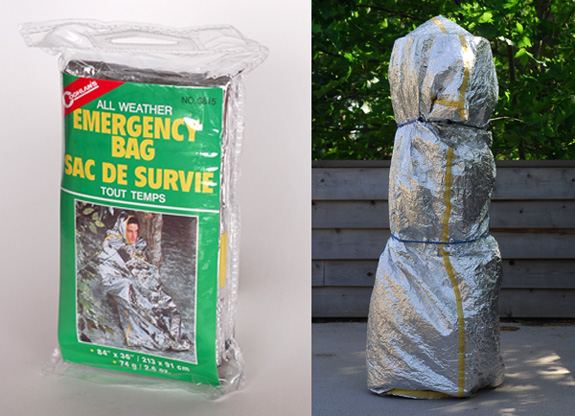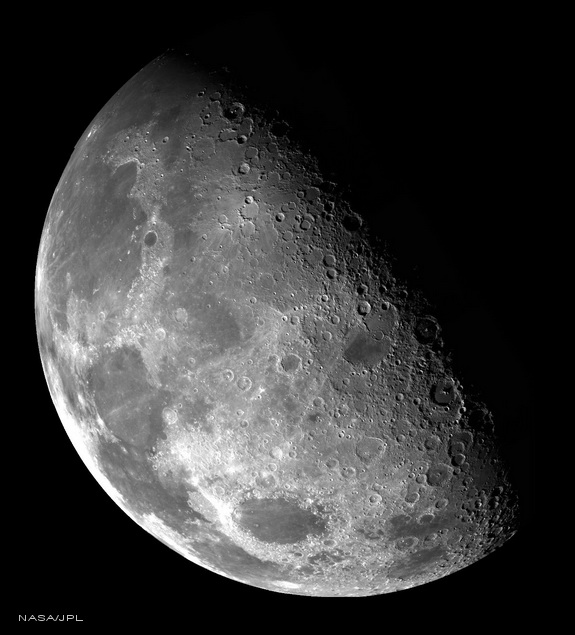I was recently interviewed for the Houston Astronomical Society’s newsletter GuideStar. I’ve been interviewed a few times before and have found that the quality of the resulting article depends hugely on the interviewer. Prep is everything. And in this case, Clayton Jeter was a real pro. His questions were thoughtful and interesting, and clearly the result of having done his homework.
The complete interview appears after the jump.
Continue reading “Houston Astronomical Society Interview”



